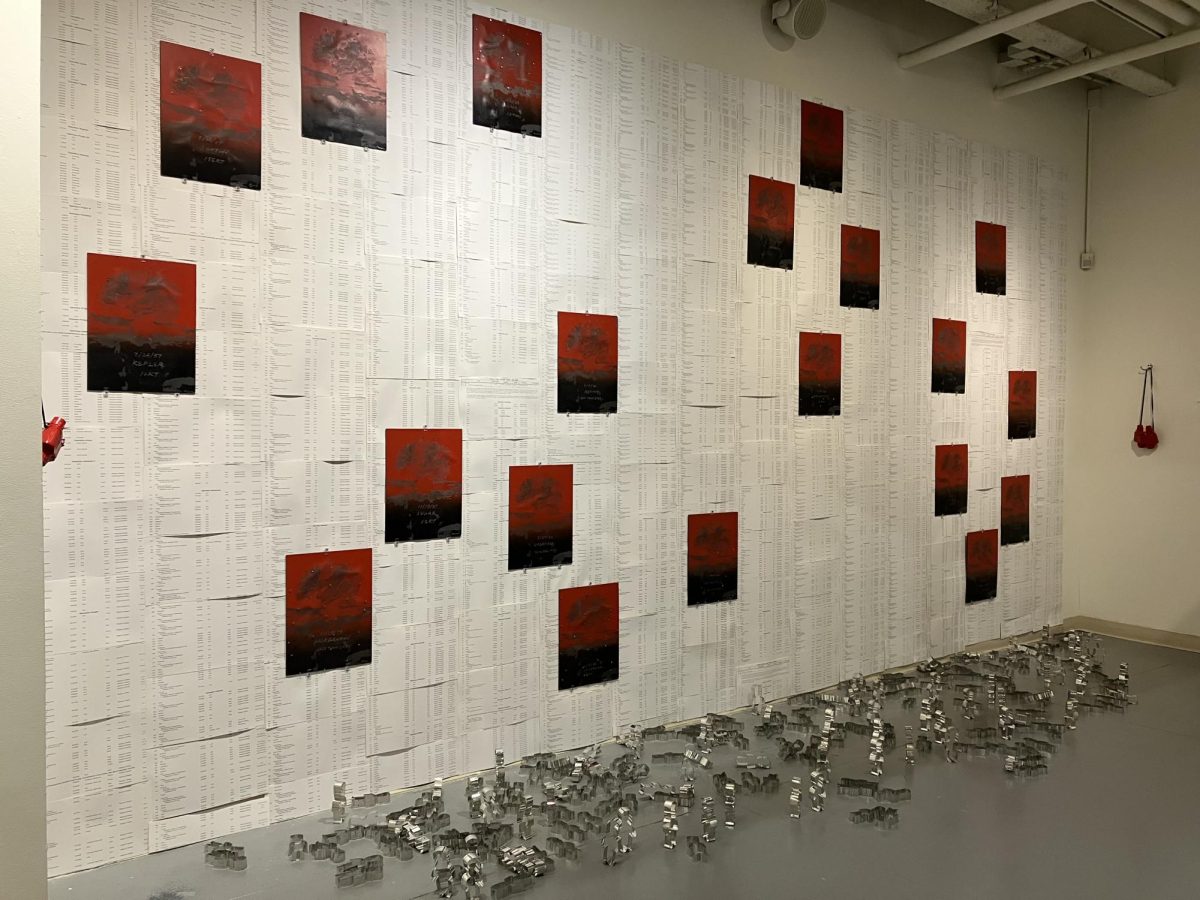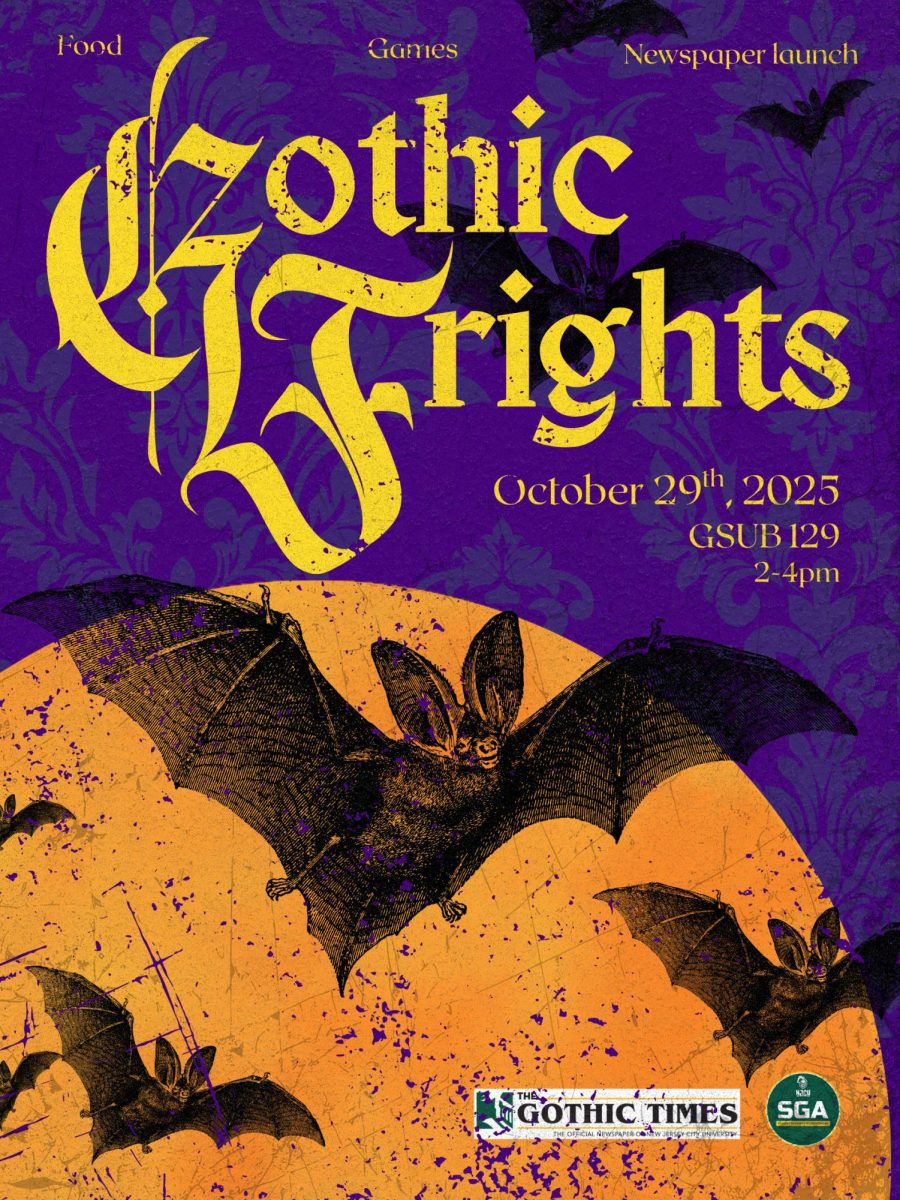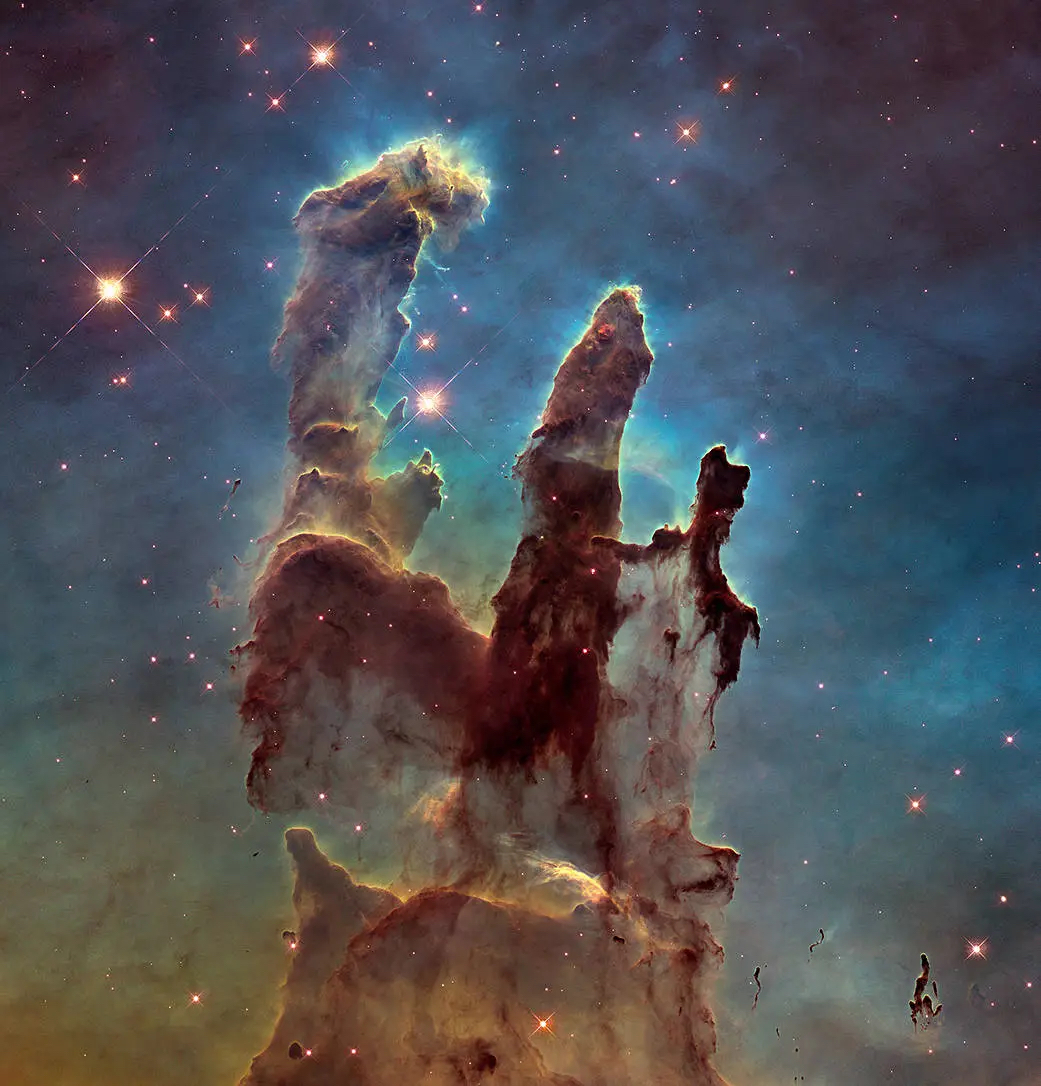Bizarre sub-genres of metal
By Francis A. Wilson—
Human beings label things. The fact is that we have to; it is just another one of life’s little certainties. Human beings have this uncontrollable urge to control arbitrary things that don’t necessarily need labeling to begin with. Yet, being the obsessive compulsive narcissists that we are, we label things, and then the labels get labels, then the label’s labels get labels, and so on.
The need to be the masters of our own lives is the essence of our being that inevitably leads to these labels. However, there is a specific label, one specific label amongst a sea of bland and featureless labels that does stand out. METAL!
We are talking about the bang your head against a wall, gore filled, brutal, maddeningly loud, and intense musical genre that boils the blood so quickly and so efficiently that, thanks to Tipper Gore, we now have parental advisory labels on our record covers. But then again, who buys records anymore, right?
Quick fact about human beings – if you say don’t look down, or don’t push that big menacing red button, what do you think a person is likely to do? Who wouldn’t, right? It’s all compulsion, it all comes down to chaos, and metal is chaos incarnate. You can’t put a label on chaos, or at the very least, one label. One label is just not going to cut it. Metal is a diverse musical genre that has deep roots in both rock and blues, and one that has incurred the wrath of presidents and pissed off mothers nationwide. But, it has stood the test of time and endures.
Metal today is more than what it was during its heyday back in the eighties. Metal encompasses a wide range of bands, some notable while others not so much, and even more sub-genres. These sub-genres are the bastard offspring of a most heinous and brutal tyrannical progenitor whose fore fathers include but are not limited to Black Sabbath, Motörhead, Iron Maiden, and Judas Priest.
Now don’t worry, all of your favorite metal bands are definitely there, but these four were among the first and most celebrated in the world of metal. These bands stand as a testament to metal and its origins, but like everything else in nature, metal has evolved. I guess even chaos must evolve at some point. So, under the umbrella term that is metal, there are several sub categories that merit some attention for no other reason than they are so wholly absurd, it would be a travesty not to list them publically.
Cello Metal
This is, as you can imagine, a sub category of metal that has a strong emphasis on the use of, you guessed it, cellos. While cellos are primarily used, other string instruments like the violin and viola are acceptable as well. The band Apocalyptica is a prime example of this subgenre.
Christian Metal
This subgenre is, as you can deduce, all about faith and the celebration thereof, typically in a manner that would not normally be associated with faith, religion, of Christianity. This genre celebrates Christianity, and the bands that fall under this category are, as you can imagine, practicing Christians like: Resurrection Band, Petra, Jerusalem, Stryper, Tourniquet, Mortification, P.O.D, Demon Hunter, Underoath, As I lay Dying, and Norma Jean. This genre, often called white metal, has spawned yet another sub-category of itself in the form of unblack metal or Christian black metal.
Folk Metal
Editor’s Note – (While it is ok to like folk metal, just don’t let your significant other know) Folk metal is a fusion style sub category that combines traditional folk music with metal. This genre typically will make use of more folky traditional singing styles and instruments. The lyrics typically revolve around topics like fantasy, mythology, paganism, history, and nature. The band Golgotha is the earliest known example of folk metal with their 1984 EP Dangerous Games. There are even sub categories to this sub category which include: Celtic Metal, Medieval Metal, and Pagan Metal. Most notable Folk metal bands include: Moonsorrow, Turisas, Korpikanni, Ensiferum, and Finntroll.
Metalcore
Apparently, this genre combines both extreme metal and hardcore punk. This style generally makes use of heavy guitar riffs and solos, drummers use hardcore d-beats and double bass drums, and the vocals involve death growls and shouting. This genre began in the mid 1980s with bands such as Earth Crisis, Deadguy, and Integrity. Other more recent bands include: Hatebreed, Bury Your Dead, Killswitch Engage, While She Sleeps, Avenged Sevenfold, Bleeding Through, and Unearth. This is a genre of music, while not as popular as say Folk Metal, but it does have some merit – its emphasis on the breakdown. Who doesn’t like a good break down after all? Keep an eye out for nintendocore and mathcore, two of metalcore’s most notorious derivatives.
Crust Punk
This is a subgenre categorized as having direct influences from anarcho-punk, hardcore punk, and extreme metal. This style emerged from England during the mid 1980s and its name was coined by Hellbastard. This subgenre, while not completely metal, tends to lyrically focus on political and social issues. This style makes use of a bass-y, dirty sound, while maintaining a fast tempo, with guttural or growled vocals. Most notable bands of this genre include bands like: Amebix, Antisect, and Doom.
Well folks, that’s metal, or at the very least, metal as it has evolved and exists to date, along with just some of its bizarre evolutionary off shoots. Metal is a complex beast whose tentacles reach further than that of even the mighty Cthulhu from R’lyeh, his sunken city of doom. Cthulhu is no doubt a metal head, and may even like folk metal. Who knows? Keep those horns sharp, and always remember, “Put one foot in the gutter! Put one fist in the air!”














